What is Discectomy?
A discectomy is a surgical procedure to remove the damaged part of a spinal disc that is pressing on nearby nerves. The spinal discs act as cushions between the bones (vertebrae) of your spine. When one of these discs becomes damaged, it can bulge or rupture, leading to pain, weakness, or numbness. Minimally invasive techniques, with small incisions and advanced imaging, are preferred. It addresses issues like herniated, slipped, or bulging disks, particularly when symptoms include nerve weakness, failed conservative treatment, or severe pain spreading to the buttocks, legs, arms, or chest.
Types of Discectomy Procedures
Depending on the severity and disc location, your surgeon may choose one of the following types:
- Open Discectomy: A traditional method involving a larger incision to access the disc.
-
Endoscopic Discectomy
-
Microscopic Discectomy
-
-
Anterior Cervical Discectomy and Fusion (ACDF): Performed from the front of the neck to treat cervical disc issues, often with spinal fusion.
-
Multilevel Discectomy: Used when more than one disc level is involved, often in complex spinal conditions.
- Minimally Invasive Discectomy (MIS): Uses small incisions, a camera, and specialized tools for quicker recovery and less tissue damage.
Discectomy Based on Spine Location
The location of the damaged disc determines the type of surgery:
- Cervical Discectomy – For discs in the neck region
- Thoracic Discectomy – Mid-back region (less common)
- Lumbar Discectomy – Lower back, most commonly performed
- Sacral Discectomy – Base of spine
- Coccygeal Discectomy – Tailbone region (rare)
| Procedure Name | Discectomy |
|---|---|
| Type of Surgery | Open or Minimally invasive |
| Type of Anesthesia | General or local anesthesia |
| Procedure Duration | 1-2 hours |
| Recovery from Surgery | Few days to few weeks |
Discectomy: Pre-Op & Post-Op Care
Preparation for Surgery
Before a discectomy, the surgeon will conduct a physical exam, request imaging tests, complete a medical history, discuss medications, and advise on changes in diet, risks, side effects, and preparation methods.
During Discectomy procedure
Surgeons perform discectomy using general anesthesia, removing only the disk compressing the nerve. After making an incision, the disk is removed using special tools, and the muscle and skin are reattached using stitches, staples, or medical skin glue. If the whole disk is removed, bone or synthetic bone may be used to replace it, fused together.
After the procedure
Following surgery, the patient is transferred to a recovery room where the healthcare team monitors for complications and may allow them to return home the same day if the approach is minimally invasive, but a brief hospital stay may be necessary for serious medical conditions and open approaches.
Discectomy recovery time
A discectomy recovery time ranges from one to four weeks, depending on the severity of the herniated disk, symptoms before surgery, general health, and following post-surgery care instructions. Pain at the incision site may persist for a few days, and it may take time for it to improve.
Post-procedure care
Following surgery, surgeons advise patients to restrict bending, lifting, and twisting motions for three to six weeks to minimize the chance of another disk herniation. Light activities can be resumed after two weeks, routine activities after six weeks, and strenuous labor or contact sports after 12 weeks. Patients should seek immediate medical attention if they notice signs of incision infection, such as swelling, fever, severe pain, numbness, muscle weakness, breathing difficulties, or urinary or bowel issues.
Benefits of Discectomy at Yashoda Hospitals
- Minimal Hospitalizations
- Minimally Invasive
- No Blood Loss
- Quick Recovery
- Less muscle disruption
- Less postoperative pain





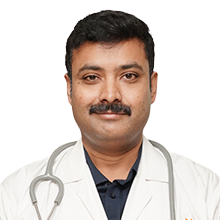

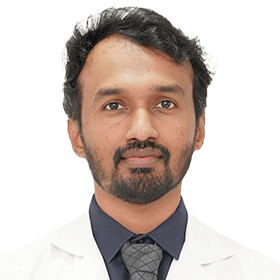
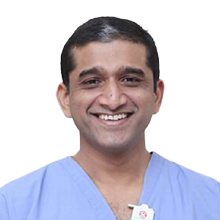
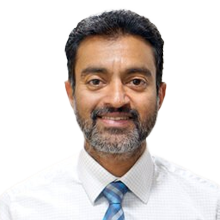
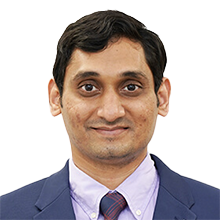














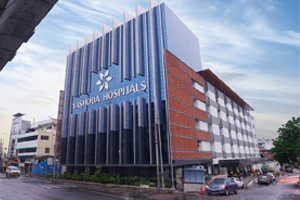
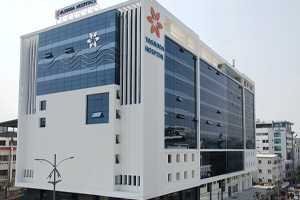
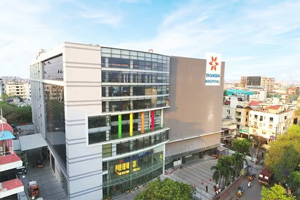
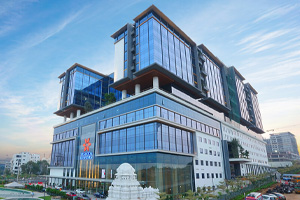
 Appointment
Appointment WhatsApp
WhatsApp Call
Call More
More